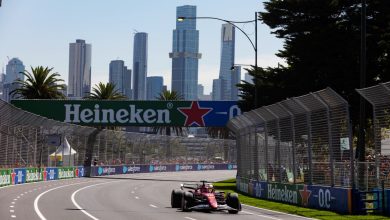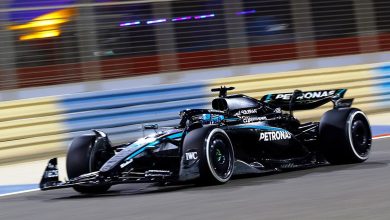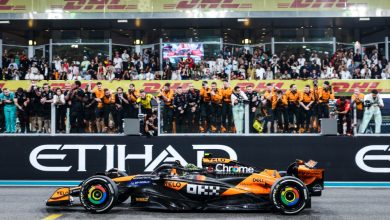Formula 1 Mexican GP according to Brembo
An in-depth look at the braking systems on the Formula 1 single-seaters at the Autódromo Hermanos Rodriguez
After the race in Japan, the Formula 1 cars move on to Americas for the 18th competition in the 2019 World Championship being held October 25-27 at the AutódromoHermanos Rodríguez.
The track is named for the Rodriguez brothers, Ricardo and Pedro, both Formula 1 drivers who lost their lives prematurely in track accidents.
Brembo has three production plants in Mexico: Puebla, Apodaca and Escobedo.
Inaugurated in 2016, the plant in Escobedo extends across more than 35.000 square meters feet and can produce 2 million aluminum calipers every year.
Although the circuit is located 2,229 meters (7,313 feet) above sea level, the altitude doesn’t cause any problems for the braking system.
What does put the system to the test are the velocity spikes: last year Kimi Raikkonen’s Ferrari car reached 362 km/h (225 mph).
Besides speed, the temperature of the tarmac can have a big influence on the temperature of the discs and calipers.
During qualifying of two years ago, these got up to 44°C (111°F). Also, the increase in grip on the tarmac during the race weekend typically leads to a rise in the amount of braking torque discharged to the ground.
According to Brembo technicians, who have ranked the 21 World Champion circuits, the AutódromoHermanos Rodríguez is very demanding on the brakes. On a scale of 1 to 5, it earned a 5 on the difficulty index.
Brake use during the GP
The brakes are used on ten of the 17 corners on the track, and in the first section, brake use is especially intense due to being able to use the DRS on two different straightaways.
On average over the course of one lap, each single-seater applies the brakes for 15 seconds, which is 20% of the overall duration of the race. The winding central and final sections of the track contribute to lowering the average peak deceleration per lap, which doesn’t exceed 3.3 G, one of the lowest values in the World Championship.
The energy dissipated in braking throughout the GP by one single-seater however, is among the highest for the entire season: 258 kWh, two times that of the British GP.
The load applied to the brake pedal by each driver from the starting line to the checkered flag is average for the World Championship: less than 53 tons.
The most challenging braking sections
Of the ten braking sections on the AutódromoHermanos Rodríguez, 3 are classified by the Brembo technicians as challenging, none is of medium difficulty and 7 are light.
The most demanding over all is on the first corner after the finish because the single-seaters go from 362 km/h (225 mph) to 110 km/h (68 mph) in barely 145 meters (476 feet). To perform like this, the drivers apply a load of 177 kg (390 lbs) on the brake pedal for a total of 2.52 seconds during which they experience a deceleration of 5.4 G.
On turn 4, which also follows a straight where the drivers can use the DRS, they need 2.43 seconds to get outside the racing line. The cars arrive going 338 km/h (210 mph) and slow down to 105 km/h (65 mph) by applying a load of 166 kg (366 lbs) on the brake pedal. But only 1.93 seconds and 114 meters (374 feet) are needed to go uphill on turn 12 and reduce the speed from 324 km/h (201 mph) to 137 km/h (85 mph). The 4.6 G in deceleration proves that the braking here shouldn’t be underrated, just like the 114 kg (251 lbs) load on the brake pedal.
On the stretch between turns 5 and 7 though, the drivers never use their brakes for more than 65 meters (213 feet). But none of these three braking sections require a drop in speed measuring more than 85 km/h (53 mph).
https://www.youtube.com/embed/LC4zXXN728s
Brembo performance
Single-seaters with Brembo brakes have won seven of the last eleven Mexican GP races they have participated in.
OIn 2017 Ferrari took the pole position and the fastest lap, but did not win in Mexico since 1990.







